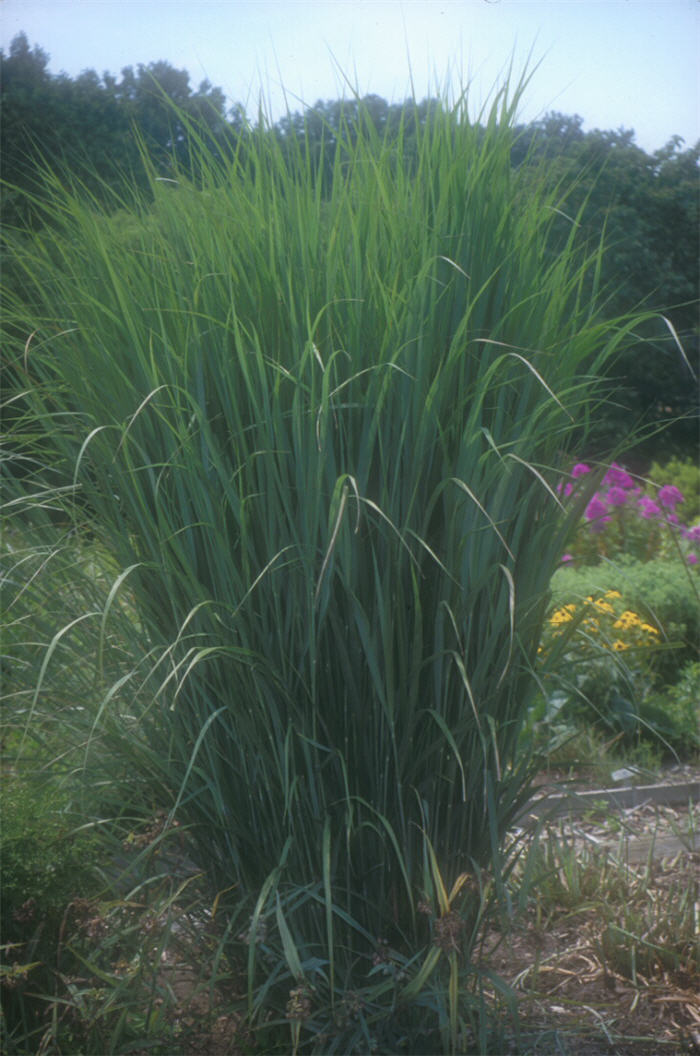| Botanical Name: Panicum virgatum 'Northwind' | |
| Common Name: Northwind Switchgrass |

-
Anatomy
-
Culture
-
Design
Plant Type
Perennial, Grass
Height Range
3-6'
Flower Color
Yellow
Flower Season
Summer, Fall
Leaf Color
Blue Green, Grey
Bark Color
n/a
Fruit Color
n/a
Fruit Season
n/a
Sun
Full
Water
Low
Growth Rate
Moderate
Soil Type
Sandy, Clay, Loam, Rocky, Unparticular
Soil Condition
Average, Poor, Well-drained, Dry
Soil pH
Neutral, Basic
Adverse Factors
n/a
Design Styles
English Cottage, Formal, Japanese, Meadow, Mediterranean, Ranch, Spanish, Native Garden
Accenting Features
Silhouette, Specimen
Seasonal Interest
Winter, Summer, Fall
Location Uses
Background, Perennial Border, Shrub Border, Foundation, Walls / Fences
Special Uses
Hedge, Screen, Mass Planting, Small Spaces
Attracts Wildlife
Birds
Information by: Stephanie Duer
Photographer:
Photographer:
-
Description
-
Notes
Northwind Switchgrass is a very upright grass with blue foliage and fine, dainty, yellow flowers. Grass turns yellow in the fall, and retains it's rigid form during the winter. Grows about 6 feet tall and 2 to 3 feet wide, which makes it a great choice for creating vertical interest in the garden in smaller areas.
Panicums are Plains' natives, and they require full sun and well drained soils. Will grow in clay. Over-fertilizing or over-watering will cause the grass to flop. Cut back in late winter, see Guides. No serious pest or disease problems. Though clumping, it may slowly spread by rhizomes, but is not considered invasive. Deer and rabbit resistant.